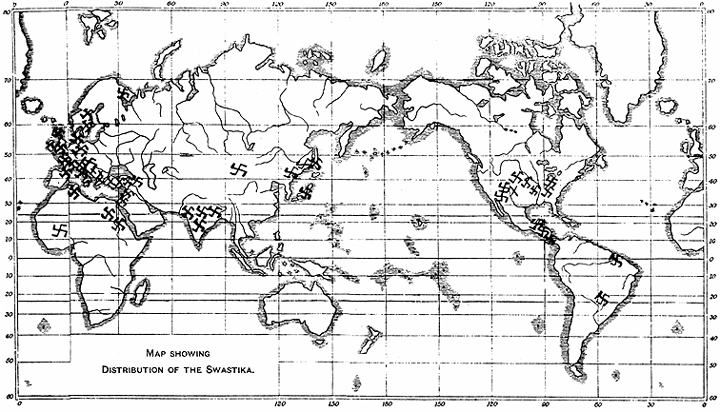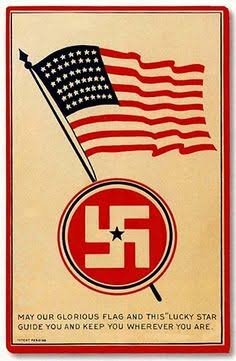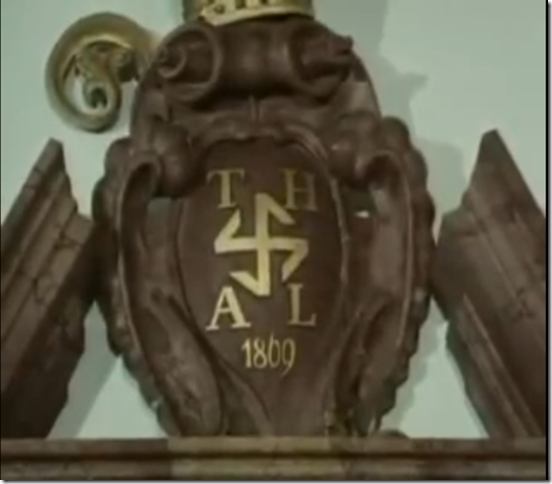The Hakenkreuz-Swastika Debate
The Swastika-Hakenkreuz debate flared up yet again clearly highlighting the need for sensitivity and knowledge in the society. A prominent handle, @StopAntisemites on twitter led a lynching campaign against a Hindu student who tried to differentiate between the Nazi Hakenkreuz and Hindu Swastika... In fact, Murphy is accused of deliberately mistranslating Hakenkreuz into Swastika leading to the perpetual hate against the symbol. His clerical background and Nazi Germany rejecting Murphy's translation further hints at a deliberate malice.







![[Z]](https://www.gutenberg.org/files/40812/40812-h/images/img_z.jpg) used to be vulgarly called in Scandinavia the hammer of Thor, and Thor’s hammer-mark, or the hammer-mark, but this name properly belongs to the mark
used to be vulgarly called in Scandinavia the hammer of Thor, and Thor’s hammer-mark, or the hammer-mark, but this name properly belongs to the mark ![[Y]](https://www.gutenberg.org/files/40812/40812-h/images/img_y.jpg) .
.





Very nice essay. But Hitler didn’t call it Hakenkreuz. He definitely called it Swastik. Only Swastika is the bastardization of Svastik [Svah (“so be it”) + astik (sign)]. Schliemann’s colleague, Emile-Louis Burnouf, who had studied the Rig Ved saw the symbols he had discovered and recognised it as the Hindu symbol Swastik and also remembered the mention of the ‘Aryan’ people in the text. This was confirmed by Max Mueller. Max Mueller did identify the reverse Svastik as Sauastika.
This is not that straightforward a thing. Max Mueller explained the Indian Swastika, Burnouf linked the Indian Swastika with the European Flyfot and German supremacists picked it, but Hitler used Hakenkreuz and not Swastika. Murphy, an evangelist, in his translation of Mein Kampf translated it into English. There is no doubt Hitler knew about the Swastika and it’s role in German supremacy. But, he still used the word Hakenkreuz. That is fine line I am trying to use as a demarcation.
https://kreately.in/dear-jews-we-hindus-are-your-fiercest-allies-but-you-need-to-educate-jewish-communities-about-hindus/